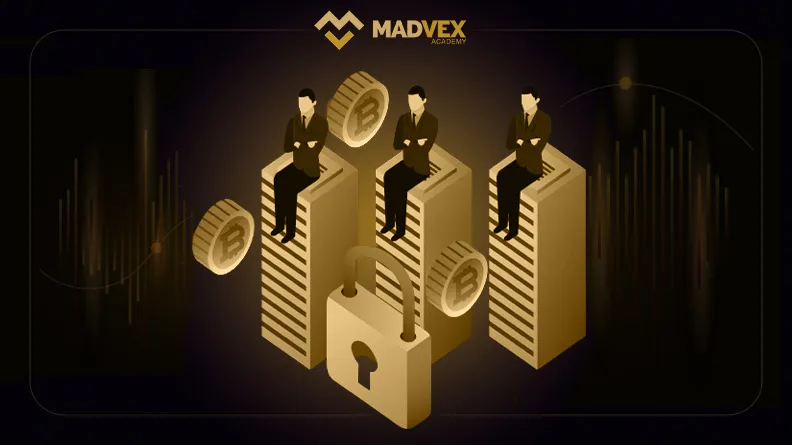Introduction:
What is Blockchain? as an innovative and advanced technology, has gained significant attention in today’s world. This technology, which was initially introduced with the emergence of the digital currency Bitcoin, enables the transfer of information and the execution of transactions between individuals without the need for central intermediaries. In this article, we will explain what blockchain is and how it works.
What is Blockchain?
Blockchain is a distributed digital ledger where transactions and data are recorded and managed in a decentralized manner. Initially introduced with the emergence of the digital currency Bitcoin, the use of blockchain has since extended far beyond financial transactions, finding applications in legal, healthcare, and even governmental sectors.
Blockchain is a distributed system that stores information in consecutive blocks. Each block contains transaction data and a unique identifier (hash) that references the previous block. These blocks are linked together in a chain and validated by miners.

The Structure of Blockchain
A blockchain consists of a chain of blocks, each containing data related to several transactions. Each block is cryptographically linked to the previous one, ensuring the security of the data. The cryptography in blockchain ensures that altering any part of the chain would require changes to all preceding blocks, making unauthorized changes nearly impossible.
How Does Blockchain Work?
When a new transaction occurs, it is added to the blockchain as a new block. Miners confirm this block by solving a complex mathematical puzzle and add it to the blockchain. This process ensures high security for transactions and prevents the possibility of fraud.
The operation of blockchain can be divided into several fundamental steps:
- Transaction Creation: Every action on the blockchain network is recorded as a digital transaction.
- Transaction Verification: Transactions need to be verified by the network. This is often done by individuals known as miners, who solve cryptographic puzzles to validate transactions.
- Block Creation: Once verified, transactions are compiled into blocks.
- Chaining: Each new block is linked to the previous chain of blocks, and the information is permanently and immutably recorded.

Applications of Blockchain
Blockchain’s applications extend well beyond financial transactions. For example, it is used in the legal industry to ensure the transparency and security of contract documents, in healthcare for managing patient data, and in government to enhance transparency and reduce corruption.
Conclusion:
Due to the importance of blockchain in maintaining the security and transparency of transactions, this technology has quickly been adopted in various fields such as banking, legal, medical, and more. We hope that this article has helped you better understand blockchain and benefit from its advantages.
By reading this article, you have become familiar with blockchain and how it works. We hope that the provided information will guide you towards exploring more engaging and practical topics related to this technology.
Thank you for reading this article.



